International art gatherings are loud affairs, and a trip through documenta 14 in Kassel rewards an ability to separate signal from noise. In a shift from fifty years of historical precedent, artistic director Adam Szymczyk situated this year’s international fete in more than one city: Athens and Kassel. The curatorial theme “Learning from Athens” gestures obliquely to the cities’ relative political and economic positions in the globalized market. Szymczyk and company have cited the austerity measures imposed on Greece by the European Union as inspiration for this year’s theme, and the political ramifications of debt act as source material for many of the artists.
Learning from Athens, however, demands that the relationship between the two locales, and their broader relationship to global art networks, be made explicit: that imbalances of power be elucidated with transparency. Instead, the staged relationships between art and capital, between nations and their manifold networks of power, tend toward obscurantism. This is the failure of documenta’s curatorial proposal: it presupposes that “learning” is a unidirectional venture – one that can be done without properly listening. Under the general din of documenta 14, the kind of engagement that favors real complexity over mere representations of diversity plays clearly – if more quietly – in the various sound works scattered across Kassel.
Participatory and discursive performances formed a large part of the opening weekend, and included open studio hours at Narrowcast House, a venue located a short walk away from the main Fridericanum and documenta Halle locations. Conceived by German artist Anton Kats, the open radio and sound workshops zeroed in on the practice of disseminating media to a small, select audience. In the narrowcast radio case, this meant transmitting radio across an approximately one-kilometer radius using a simple three-watt transmitter. When I spoke to Kats, he emphasized that his work is site-specific, but not wedded to technology; he is not trying to shape an audience so much as tap into audiences that are already there. With its attention to carving out a form that is practical and accessible, Kats’s highly localized practice is at odds with the globalizing message of documenta and other comparable gatherings. His work speaks to a necessary slowing-down of art practice: a more careful consideration of the particularities of its audiences.
Documenta 14’s Radio Program extends this project to a larger scale. Every Time a Ear di Soun – the name taken from the dub poetry of Mutabaruka – consists of nine radio stations in Greece, Cameroon, Colombia, Brazil, Lebanon, Indonesia, and Germany; each program is a mixture of live acts as well as art pieces commissioned by the documenta team, and broadcast on specific local channels from April to September. The Radio Program is curated by Bonaventure Soh Bejeng Ndikung, and speaks to his statements during the official press conference, in which he warned of the “dangers of a nationalist ethos” and encouraged the pursuit of uncertainty and disorientation as ways of creating new forms of art. Refreshingly, radio here is reconsidered as a mode of artistic and creative production, and a democratic one at that – all the programs are streamed online. However, given that the projects span the entirety of the documenta run, it would have been more impactful for them to directly complement the visual works on display in Athens and Kassel, rather than operating as an independent and disjointed endeavor that takes a backseat to its more immediately memorable visual counterparts.
At the historic house of documenta, the Fridericianum, whose entablature (courtesy of the Turkish artist Banu Cennetgolu) reads “Being Safe is Scary,” the prevailing theme was dissonance. Curator Katerina Koskina, director of Athens’s National Museum of Contemporary Art (known as the EMST), populated it with works by international artists, many of them Greek and from the EMST collection. The muddled curatorial direction of the Fridericianum seemed to be a concession to Athens rather than a considered decision; visitors breezed past many of the Greek names in favor of more immediately attractive works, like Lucas Samaras’s reflective surfaces and Mona Hatoum’s industrial installations. The redeeming piece – one of the best in Kassel – was Stefanos Tsivopoulos’s performance, Precarious Archive. Silent women, dressed in black and wearing white protective gloves, sort through boxes of files containing documents of 40 years of Greek history, including covert operations by the Greek Junta, and images from the Cold War. Inspecting these images from a closer vantage point induces the performers to speak: the work becomes dialogic as the performers interrogate the viewer as to the identities of various political figures and locales depicted in the archival images. In this way, Tsivopoulos abets the archive in speaking for itself, rather than imposing histories upon the viewers. This was a welcome antidote to the arch overtures of the rest of the venue, and an endorsement of the notion that participatory art practices can be rooted in research and engagement, and needn’t cater to spectacle or abstruseness.
Works in the Neue Neue Galerie tended more toward the experimental: particularly Maria Hassabi’s STAGING, in which performers silently writhed and posed in colorful getups and metallic shoes. But the heart of the Galerie’s programming was upstairs, where Irena Haiduk staged her expansive performance pieces Spinal Discipline (2017) and Seductive Exacting Realism (2015-ongoing). The former is situated in the “Waiting Room,” in which members of the Army of Beautiful Women – young girls in cap-sleeve dresses – slowly walk around and balance books on their heads, all while wearing orthopedic shoes made in the former Yugoslavia (the shoes are available for purchase in the venue as part of Haiduk’s Yugoexport project, which takes relational aesthetics to its capitalistic extreme). There is an air of anodyne stillness as the Army glides around in their comfortable footwear, alternately walking down a runway, sitting and reading, or staring blankly – their gestures fit perfectly in an atmosphere of passive expectation.
If the “Waiting Room” is peaceful purgatory, Haiduk’s “Blind Room” is its polemical counterpart, one that presents nebulous, complex issues with the tone of a university lecture. For thirty minutes in total darkness, visitors listen to a recording of voice actors re-staging a conversation between Haiduk and Srđa Popović, co-founder of CANVAS, a consultancy group that aims, broadly, to aid non-violent revolution. We listen to the conversation unfold, touching on strategies for overthrowing governments, identifying issues of scalability, and debating whether politics constitutes art and vice versa. The heady dialogue has the tone of science fiction – the idea that a non-profit “consultancy” exists with such explicit political goals isn’t exactly unprecedented in an age of neoliberal posturing, but there is something stilted or robotic, even, in this meditative conversation. The exchange, I later learn, is in fact voiced by Lin Qian, the voice of Siri for Asia, and Jennifer Estlin, who was chosen to mimic the voice of Rachel, the replicant of Blade Runner. This wry gesture hints at the ability for technological proxies to speak our own desires, elevating Haiduk’s work from mere virtue-signaling in support of democratic axioms to one that asks: for whom are such principles relevant? Perhaps, however, the central gift of Haiduk’s Seductive Exacting Realism is that it requires listeners to stop and pause for the entirety of its duration. Sitting in the dark with no exits in sight – with nothing in sight – makes us listen closer, and more carefully, easing the disquietude of documenta’s clamorous activity.
In an essay for the documenta Reader, Quinn Latimer expounds upon the political significance of voice. She takes into consideration the instrumentalization of sound and affect in the politics of gender and debt in Greek history. Latimer writes of “debt and economic violence and anxiety (the essential state of our age, were we to speak of the essential) as a kind of ‘hearing voices’, yes. I am thinking of a changing economy of hearing voices.” In this system circulates particular voices, and certain ways of listening to them: having a voice is a “kind of fame … But voice suggests (expects, demands) a body. A presence, a meeting – a vessel and an audience.” In other words, need shapes demand, and close listening is always in deficit. When this subtle auditory economy brushes up against the more nebulous economies of art and capital – Basel follows documenta by less than a week, to wit – it becomes more and more difficult to listen closely, but the impetus remains nevertheless. It’s hard to pay attention, but far more rewarding to try and hear the quiet voices that are routinely passed over.

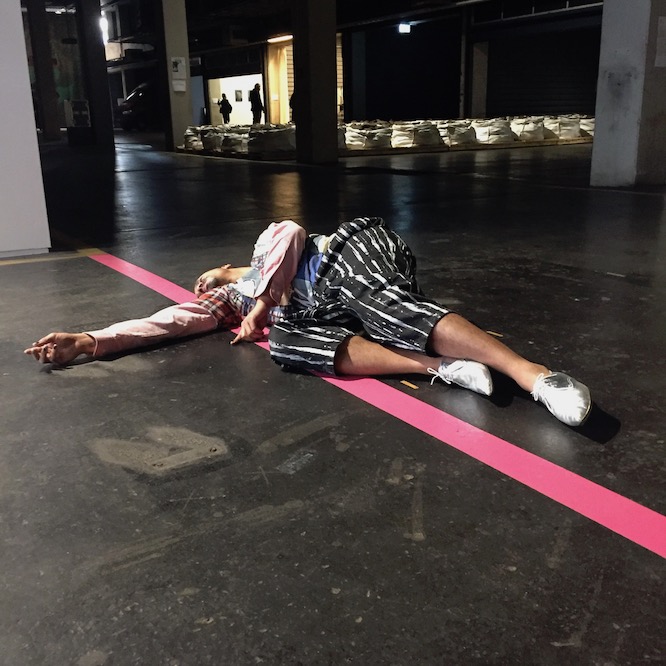
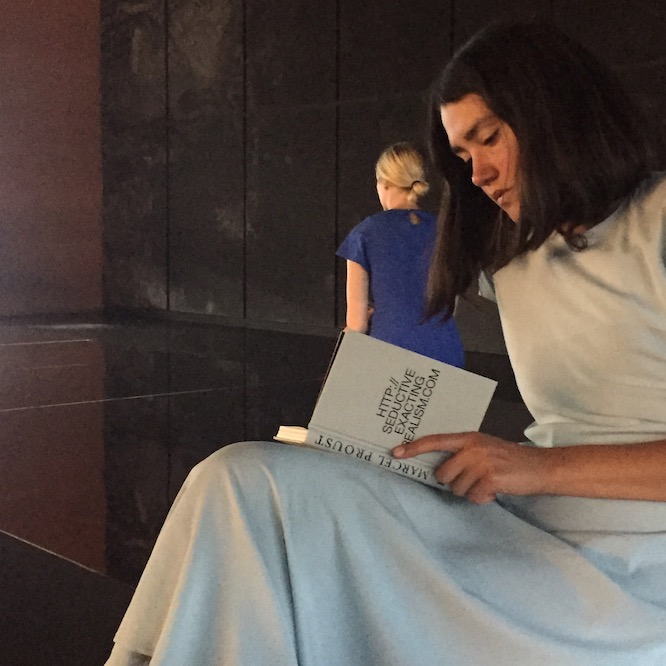
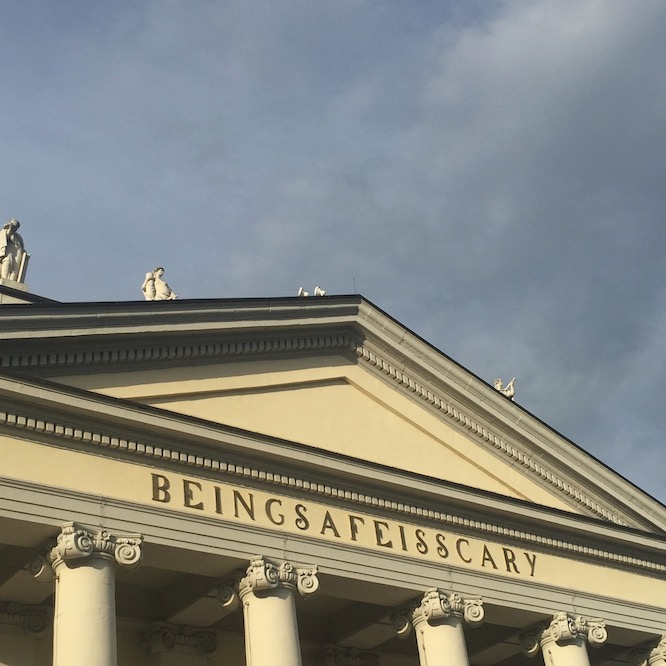
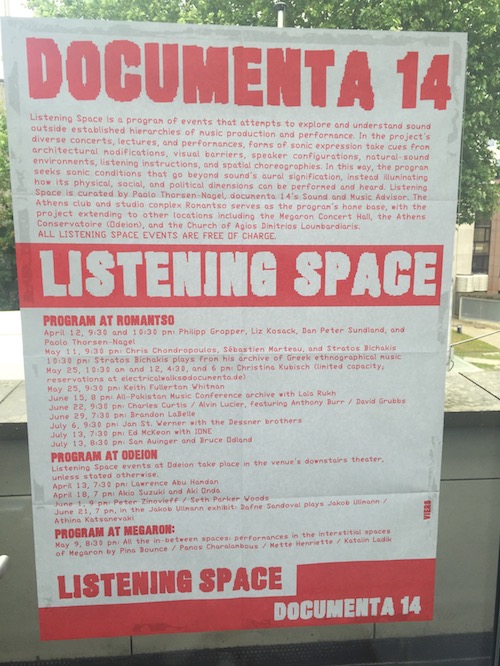
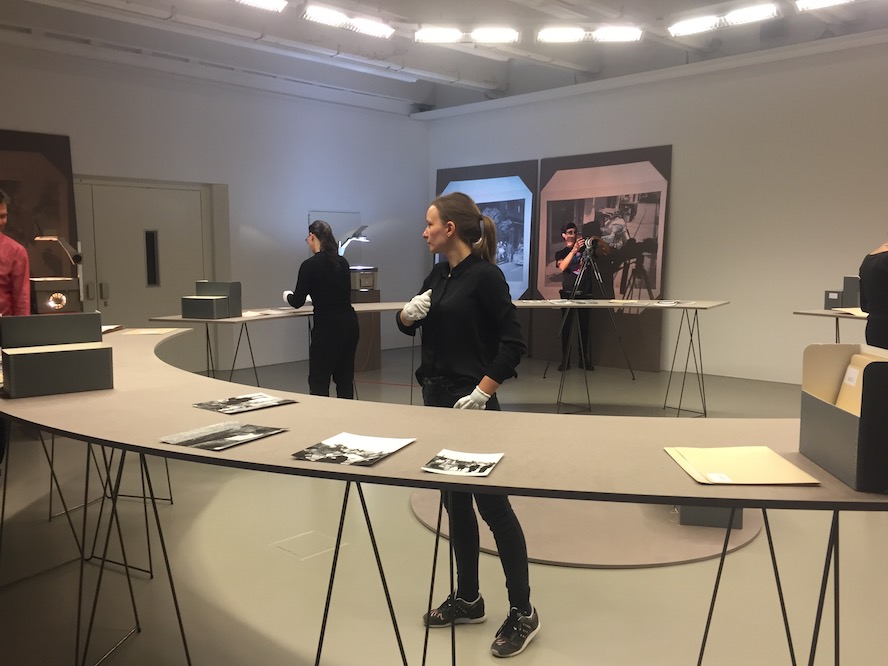





















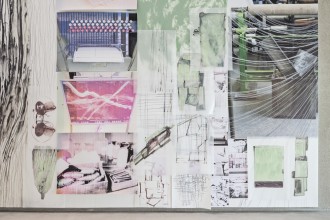
3 Comments